Côa Valley Archaeological Park may be a little off-the-beaten track, but it’s a must-do Portugal travel destination for anyone interested in human history. From the world-class museum to the over 25,000-year-old rock art – visiting this UNESCO World Heritage Site is an unforgettable, bucket list adventure!
Disclosure: This post contains affiliate links. If you buy something from one of our affiliates, we receive a small commission at no extra charge to you. Thanks for helping to keep our blog up and running!
Table of Contents
Your complete guide to visiting Côa Valley Archaeological Park for the first time
Côa Valley Archaeological Park – as soon as I saw those words on the Portugal map spread out in front of us, I knew we had to go.
What I didn’t know at the time is that this is one of the most important open air Palaeolithic rock art sites in the world.
In fact, it is so incredible that Côa Archaeological Park received the fastest UNESCO World Heritage designation ever.
But we’re getting ahead of the story, let’s start at the beginning.
The inspiring story behind the creation of this park
The year is 1991.
Archaeologist Nelson Rebanda is working on a survey along the Côa River for an electric company. They want to build a dam.
In November, Rebanda identifies the first of a series of engraved rocks – also known as petroglyphs or prehistoric rock art.
It takes almost 3 years for this information to become public. Dam construction is already underway.
High-school students from the local town of Vila Nova de Foz Côa begin protesting the development. Their slogan “as gravuras não sabem nadar” (the engravings don’t know how to swim) garners international attention. Members of the public as well as the academic community take note.
Construction slows as the protest gains speed. Politicians become involved and, in 1996, the Portuguese government decides to halt construction of the dam. The Côa Valley Archaeological Park is created.
The artistic and scientific importance of the Côa rock art is undeniable. Less than two years later, it is listed as UNESCO World Heritage Site in 1998.
Looking for more UNESCO World Heritage Sites in Portugal?
Check out our post on the historic centre of Évora.
Planning your day in Côa Valley Archaeological Park
Start well ahead of time! Before you plan to arrive, make sure you book your tour for one of the rock art sites in the Côa Valley. Although there are more than 90 rock art sites in the area, only four are open to the public. These include: 1) Canada do Inferno, 2) Penascosa, 3) Ribeira de Piscos, and 4) Fariseu.
There are select options for night tours, boat visits, and kayak viewing trips at certain sites. Most visitors sign up for the more common guided jeep/hiking tours. Each site is a little different.
Trips for Canada do Inferno, Ribeira de Piscos, and Fariseu depart directly from the Côa Museum. Hiking distances from the end of the jeep track to each site vary in length. The guided tour for Penascosa starts from the Reception Center at the village of Castelo Melhor. It’s about a 20-minute drive from the museum.
We reserved a kayak trip for Fariseu, but two days before our departure, we received an email saying that there were not enough people for the tour to run. We had to rebook, and the only available English-speaking tour was for Penascosa at 4:00 pm on our chosen day.
At least we had something!
Love rock art? So do we! Check out some of our past posts highlighting rock art in the American Southwest – Put This in Your Pocket: Nevada’s Mount Irish Archaeological Site, Picacho Peak & Petroglyphs, Nevada: Hiking Grapevine Canyon, Paddling the San Juan River.
Visiting the Côa Museum
Open in 2010, this award-winning, interactive museum is perched on a hill above the Douro and Côa Rivers, just a couple kilometres outside of the town of Vila Nova de Foz Côa. It is the perfect place to visit before your tour as it provides an excellent overview of the park’s prehistory, history, and geology.
We wandered into the concrete structure a little after 9:30 am and found ourselves still immersed in the exhibits an hour and a half later. Each site (Canada do Inferno, Penascosa, Ribeira de Piscos, and Fariseu) is highlighted with interactive exhibits related to the artwork found in each location.
With a couple hours to spare before our rock art tour time, we descended the wooden walkway outside. It’s 900 or steps down to the Douro River – with interpretive signage along the way. Warning: it’s a long, hot hike back up to the museum even on a springtime afternoon. Make sure you have plenty of water!
The reward is lunch in the museum’s restaurant overlooking hillside vineyards and the valleys below. We absolutely loved the shrimp sauteed in port sauce – delish!
Touring the petroglyphs at Penascosa
After lunch we headed out toward Castelo Melhor. Arriving early, we walked up to the castle ruins above the town. With spectacular vistas and intriguing remains of a once-prominent edifice, it’s worth the effort to get up to the top!
Back down in town, we easily found the park reception center just off the village square. Parking the car, we joined locals for a quick Sagres beer in the pub on the square – refreshing break from the heat of the day.
Time for the tour, we wait for our guide, Marco, to unload the previous trip patrons. Hopping into his green 4×4 van with 4 more visitors, we take the short trip down to the river.
As he drives, Marco relays the story of the dam and the protests from the students. He discusses the the loss of farmers moving to other countries as we bop down the dirt road through abandoned (rewilding) olive groves.
Parking in the shade, we strolled a few hundred metres past the guardhouse. It’s an old miller’s home as witnessed by the massive grinding stone on one side. Stopping, we view the first of five panels of Paleolithic rock art.
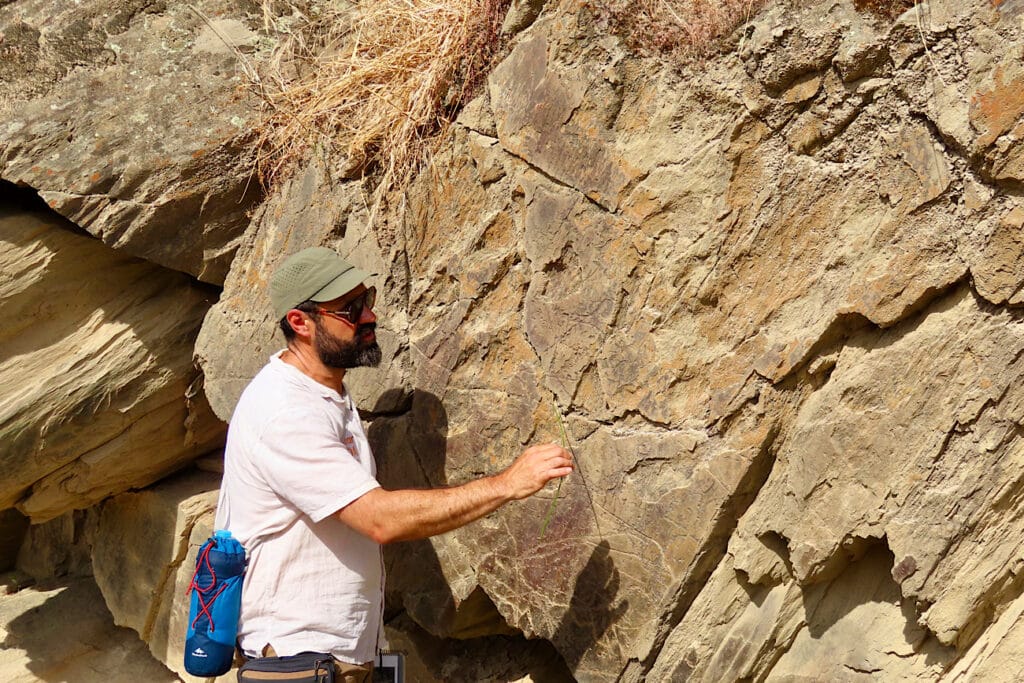
Without Marco to interpret, we’d have been hard-pressed to pick out more than one or two images. With his help, we started to see the layers of images, one on top of another. There are horses, deer, aurochs, mountain goats… and even a rarely carved fish image.
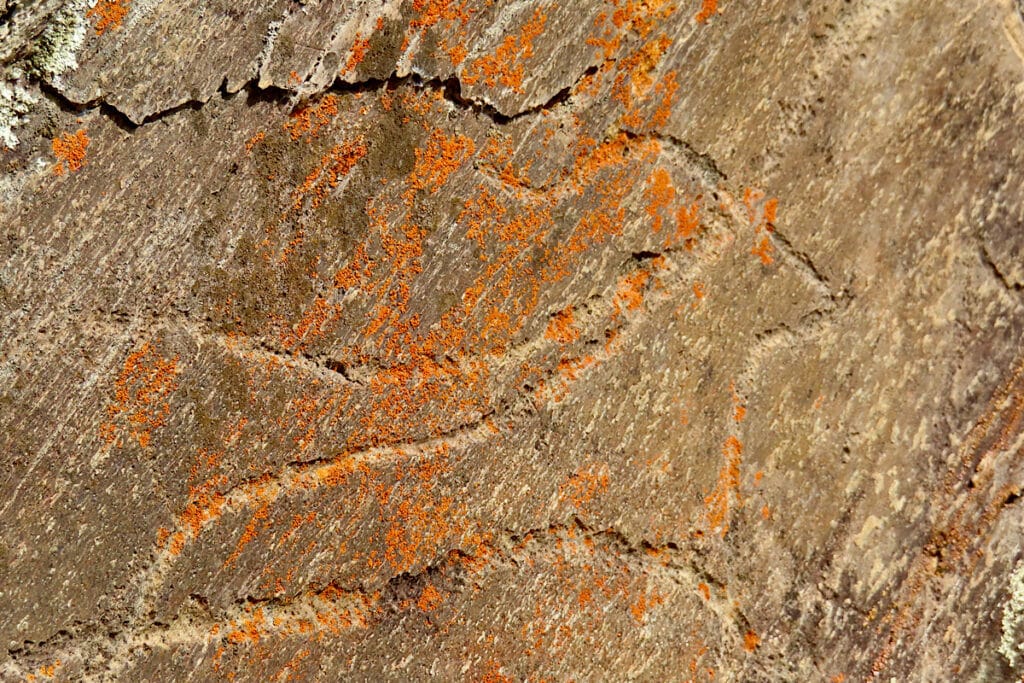
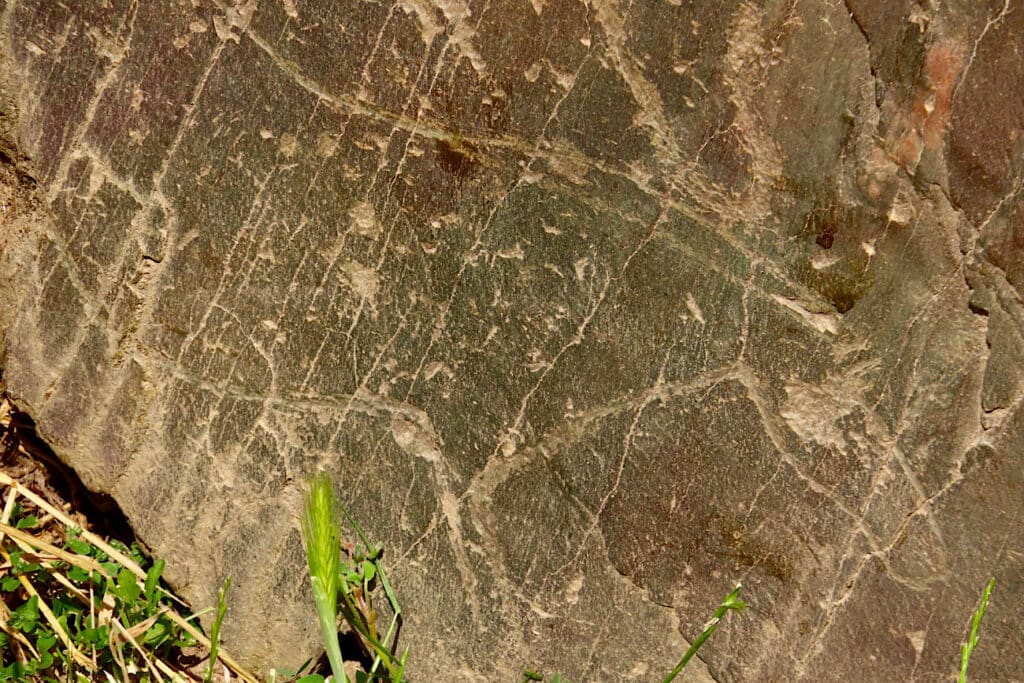
Golden orioles sang in the trees along the river while a rare black stork flying overhead drew everyone’s gaze. We came for the past but were grounded in the present – what a gift! Don’t miss this bucket list adventure.
When You Go
Be sure to visit the park website to reserve your rock art tour well in advance. Our English-speaking guide, Marco Ferroz, also leads nature and birding tours, call for more information (351 934 900 197).
Use Booking.com to find accommodation that meets your needs.
How to get to Côa Valley Archaeological Park
A lot of visitors travelling in Portugal arrive at the park on a guided excursion from a Douro River boat cruise. Some take a train trip up the Douro Valley to Vila Nova de Foz Côa from Porto or Régua. We drove up from Évora – with a few detours along the way for Parque Natural Serra da Estrela and castles!
If you were to drive straight through, it’s 362 km (225 mi) from Évora to the Côa Archaeological Park. Coming in from the west, the park lies about 200 km (124 mi) from Porto or 106 km (66 mi) southeast of Vila Real.
If you love parks of any kind, be sure to check out our posts on hiking in northern Portugal’s parks and where to stay during your adventures!
When is the best time to visit?
Foz Côa is in the Alto Douro – or high Douro region. It has a unique Mediterranean climate that is hotter and drier than many other regions around.
Temperatures can soar up to 40 C (104 F) in the summer, but rarely ever dips below 0 C (32 F) in the winter.
The best time to visit Côa Archaeological Park is in the spring (May) and fall (October).
Other historic and archaeological sites worth exploring nearby
Picking up the pamphlet of Vila Nova de Foz Côa from the helpful staff at the tourist information on arrival, we used not only the town map to find additional historic sites in town, but also the map of other sites in nearby towns.
Be sure to check out our post on 4 nearby adventures that are a little off the beaten path: Castelo Velho, Casa Grande Museum in Freixo de Numão, Prazo Archaeological Site, Castelo de Numão.
And don’t miss the megaliths near Évora or the Roman ruins in Conimbriga!
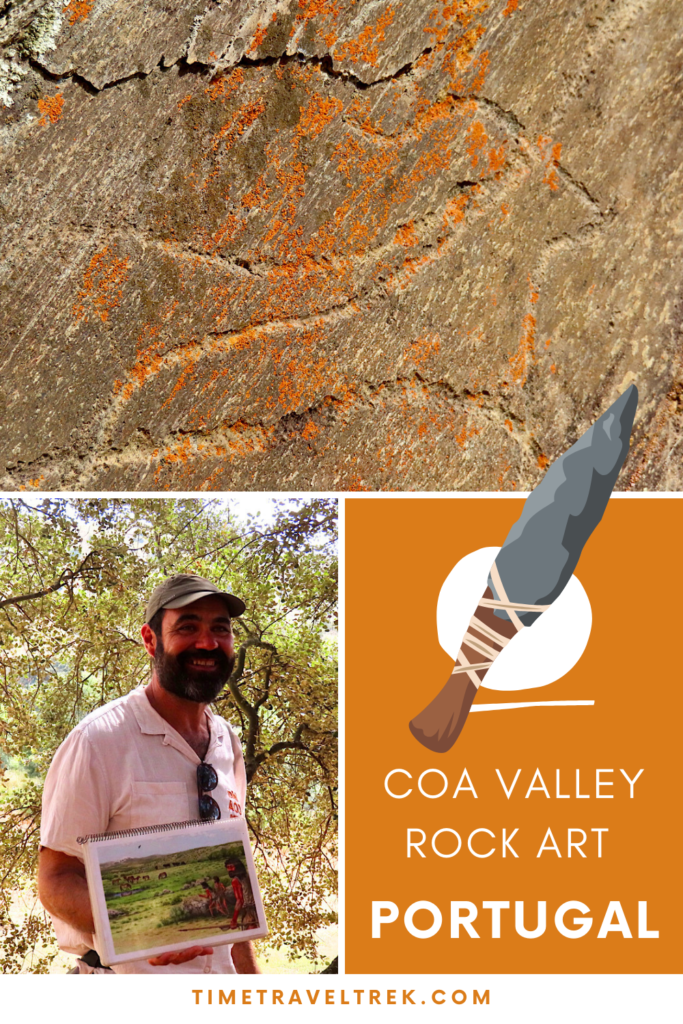
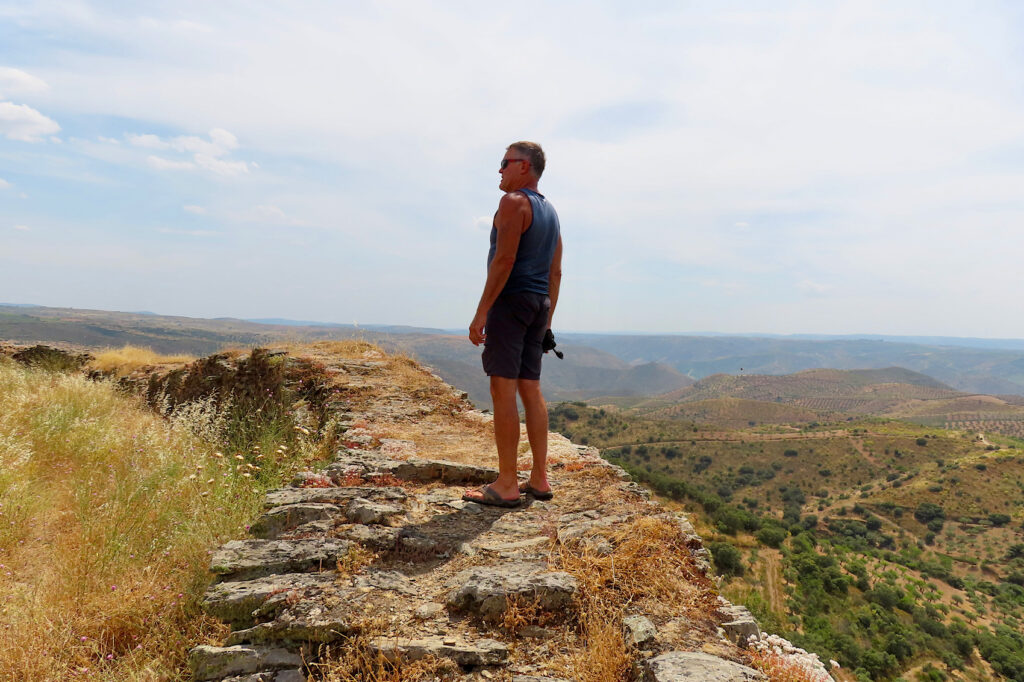

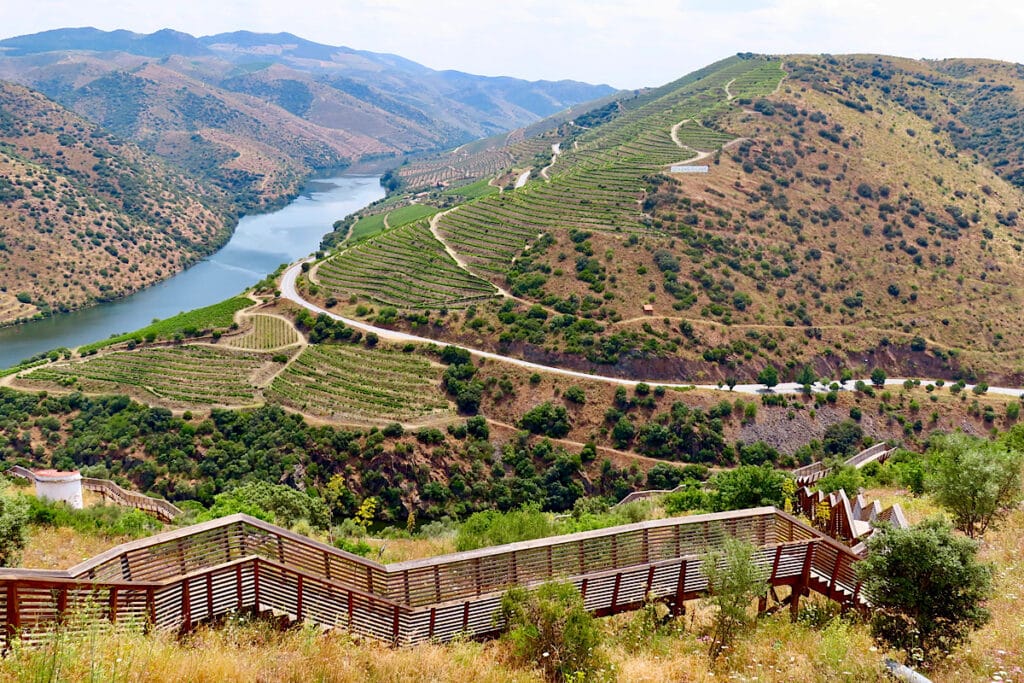
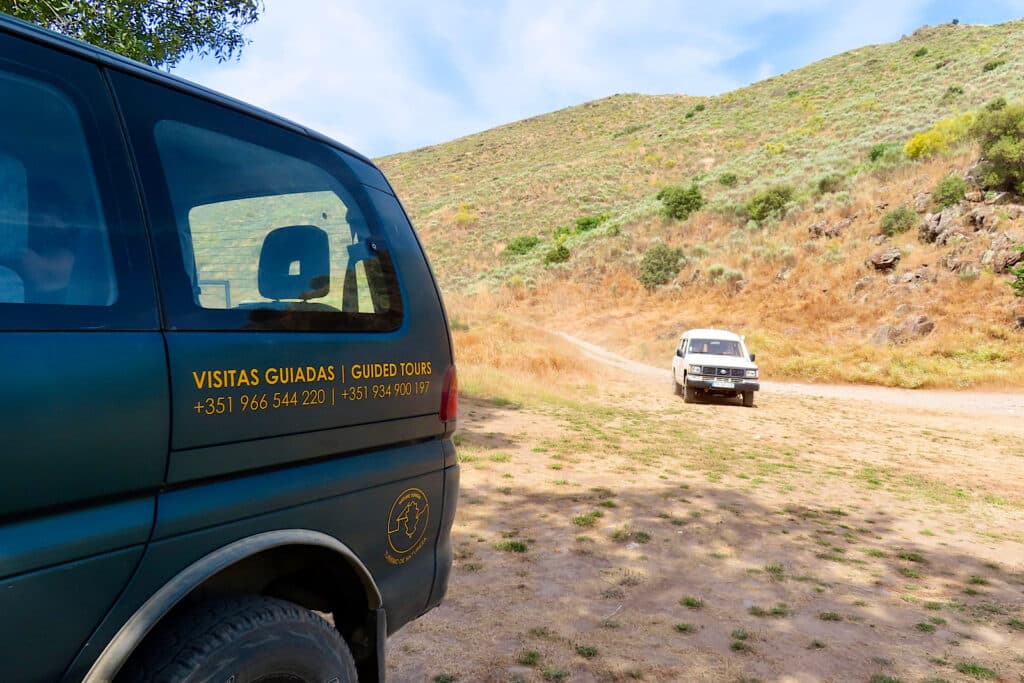
Leave a Reply